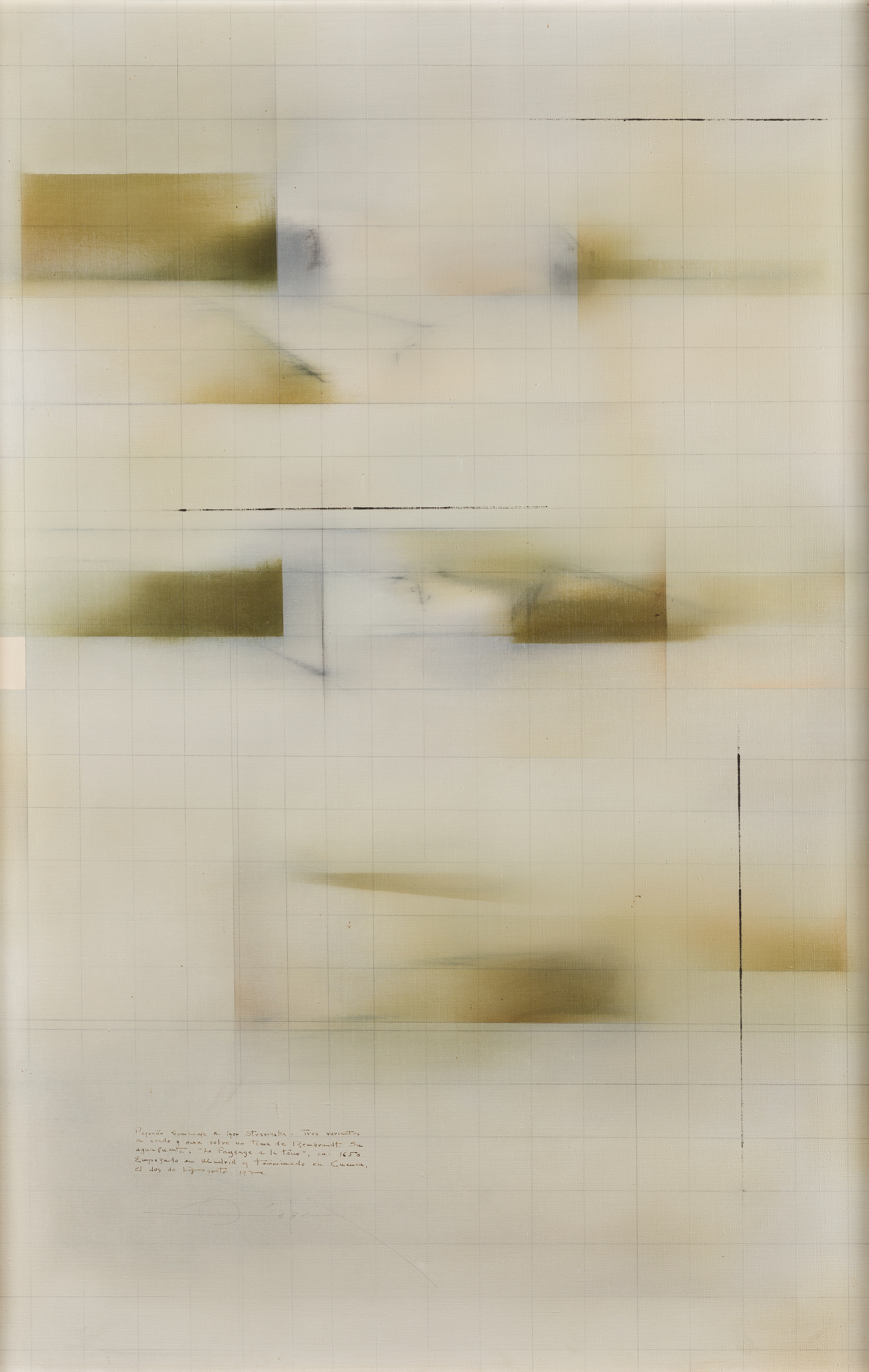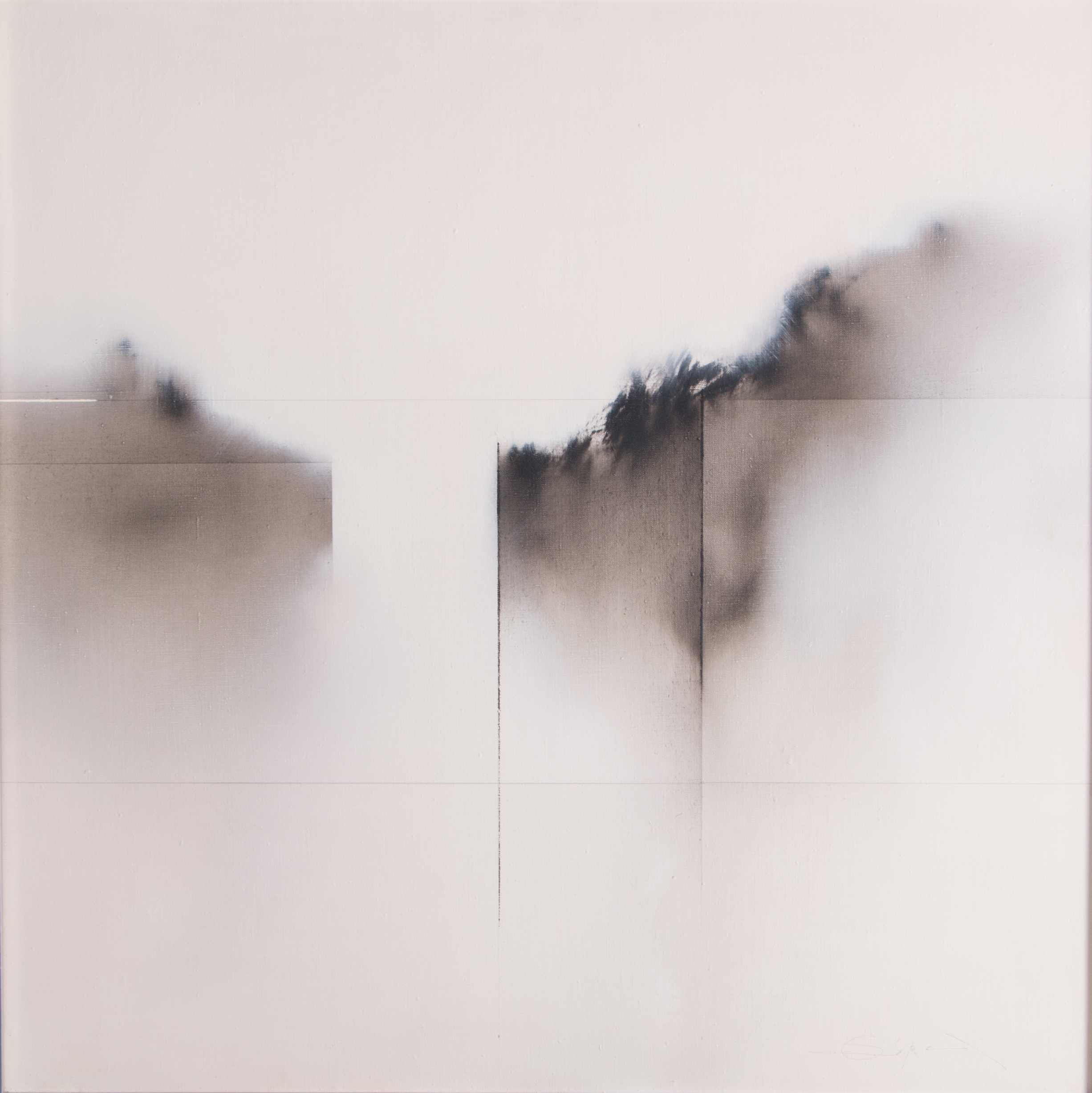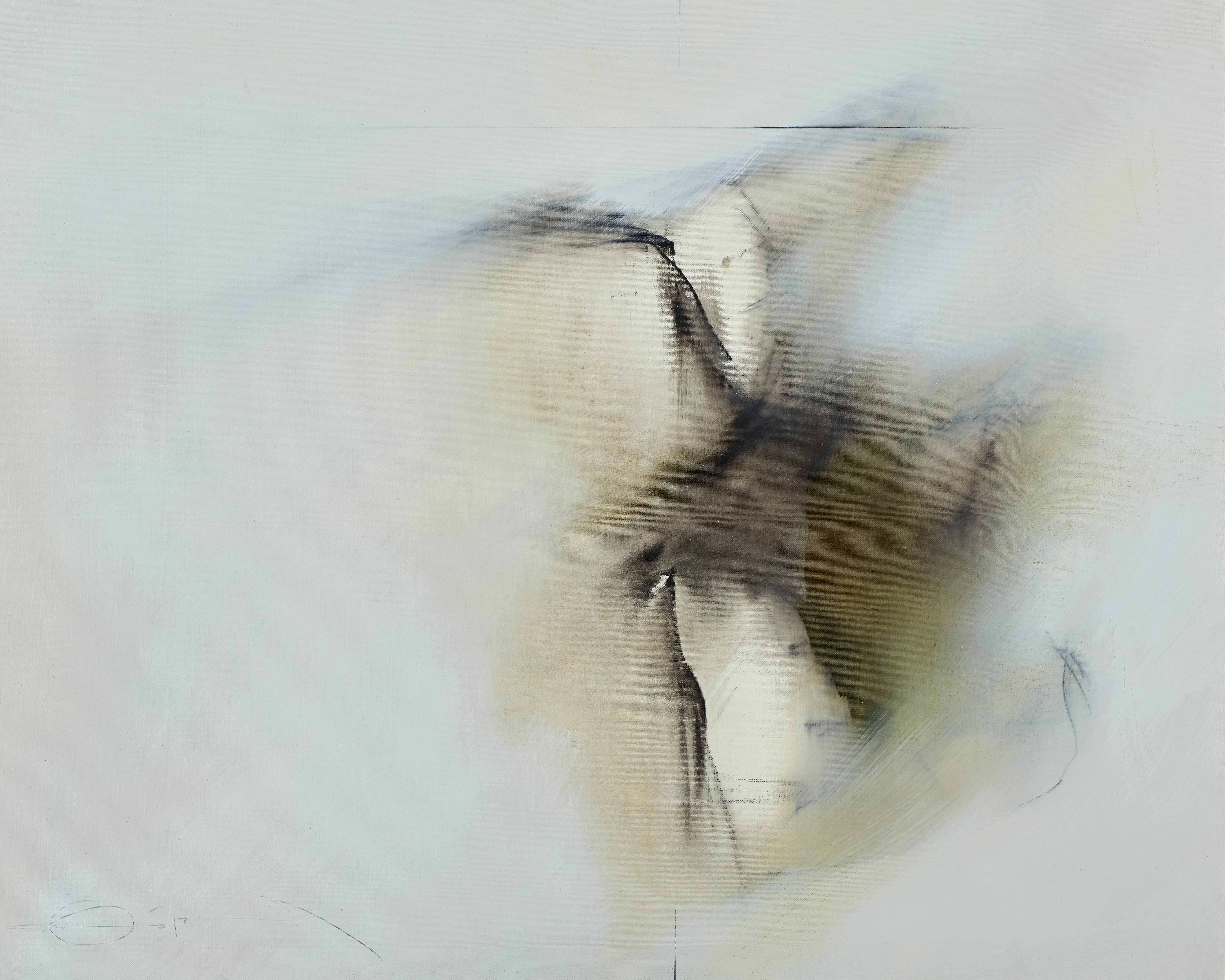“In painting, and I suspect, in almost everything, what is left over gets in the way. Each line, each color that is left over, interposes a kind of curtain between the painting and the spectator”.
– Fernando Zóbel, 1977
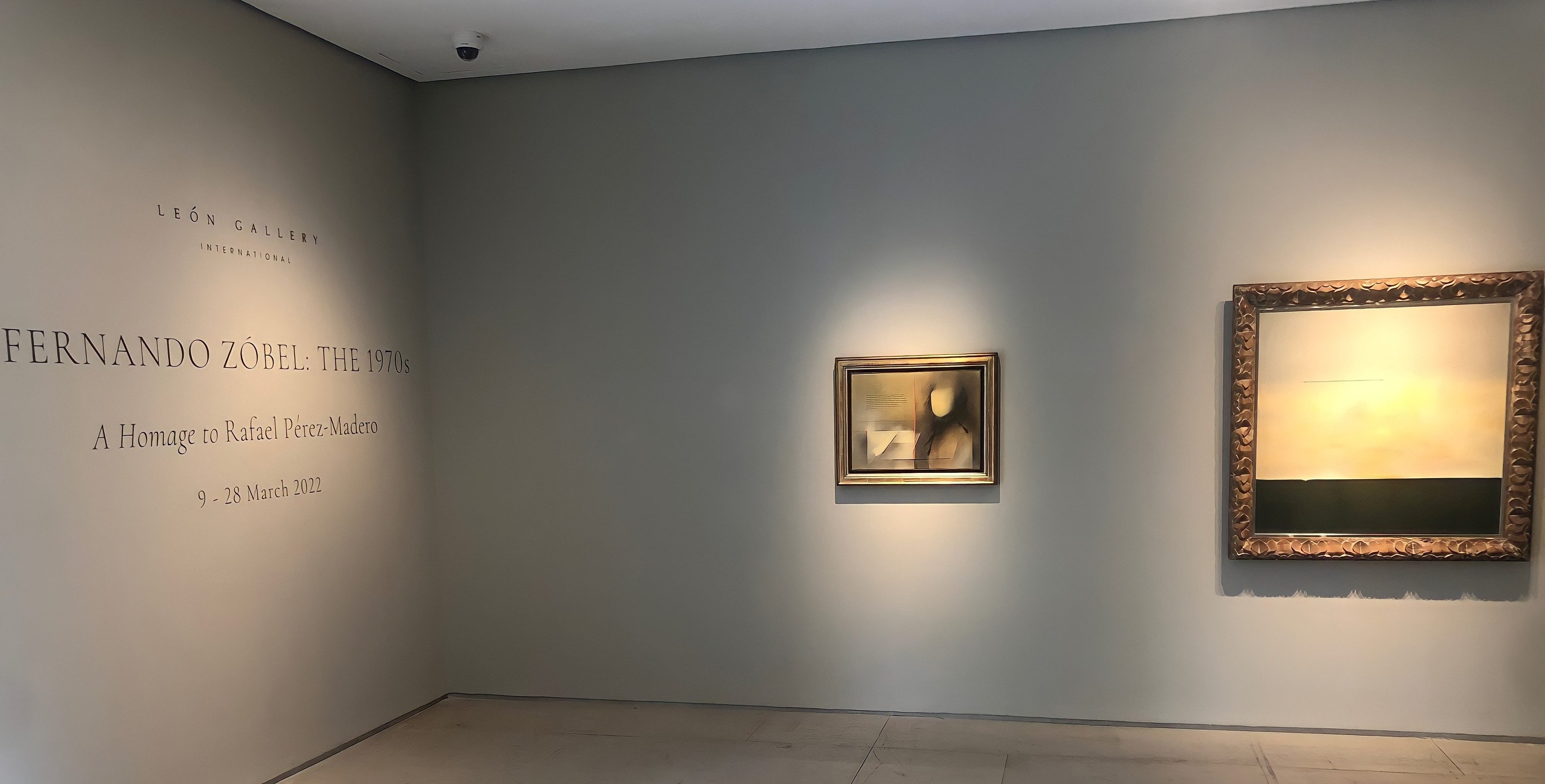
Fernando Zóbel, the 1970s. Homage to Rafa Pérez Madero, Galería Cayón Manila, 2022
Cayón is pleased to present in our space in Manila (Philippines), Fernando Zóbel: the 1970s. A Homage to Rafael Pérez-Madero, an exhibition that, in the first place, is a tribute to Rafael Pérez-Madero, the artist's right-hand man since 1967, and the greatest connoisseur of Zóbel's pictorial work.
The project, which is accompanied by a catalog by Juan Manuel Bonet, goes through the 70s of the Spanish-Filipino painter, a decade of total creative freedom with an absolutely personal language that concretizes, like no other moment in his career, the pictorial investigations begun in the 50s stripped of everything that the painter already considered unnecessary: "In the process of painting, I eliminate everything that is superfluous. My paintings are, I think, quite simple: I don't want there to be anything distracting in them".
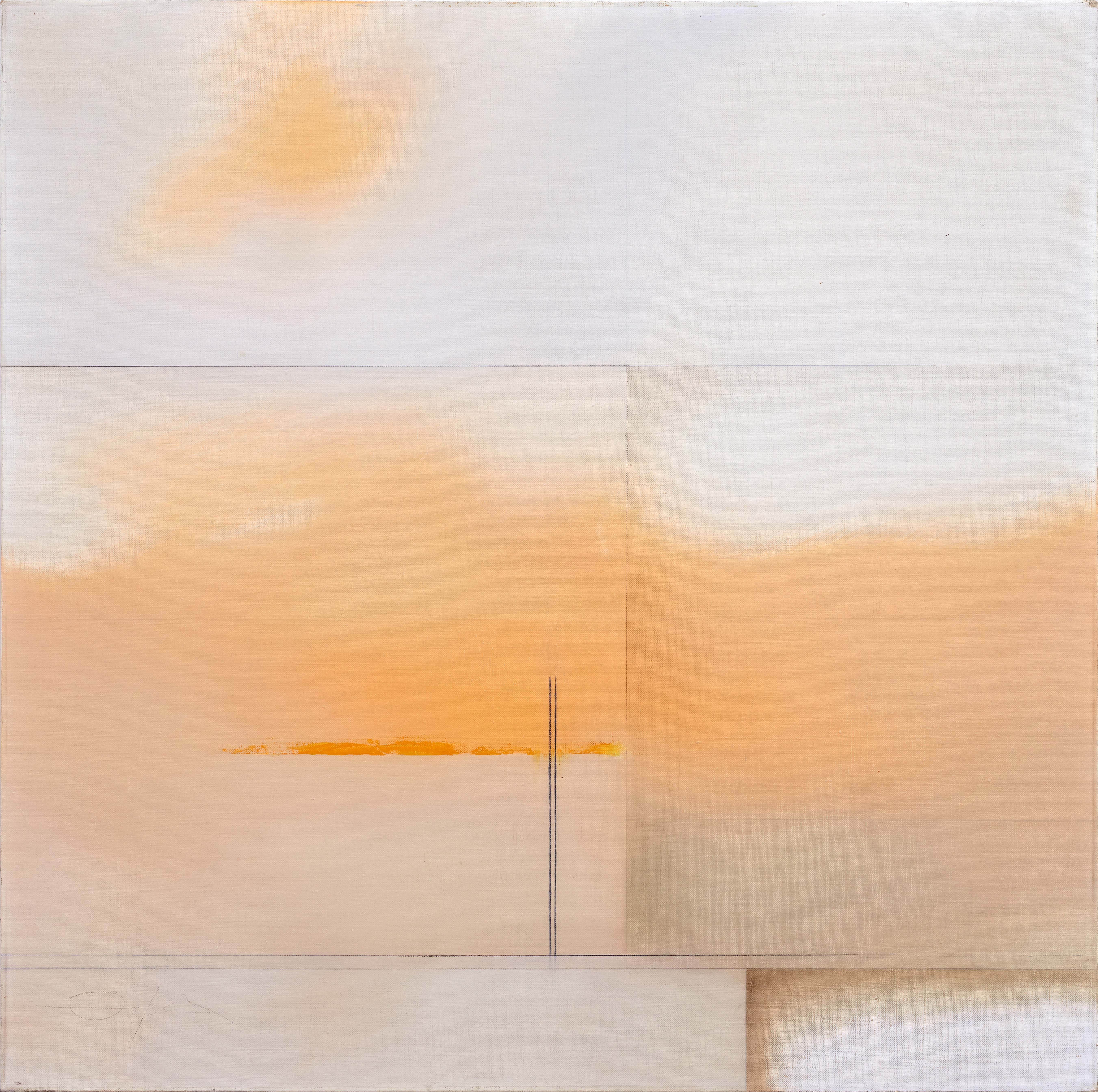
Tarancón-gasolinera, 1970. Óleo y grafito sobre lienzo, 80 x 80 cm.
To read the complete catalog click HERE.
Text: Juan Manuel Bonet
It is from 1963 when the painter, already more and more immersed in the idea of minimizing his environment, again felt the need to look at nature as a theme, and also as a pretext, only this time, it would be in a schematic way. In most of the paintings of this period, the landscape is imaginary, sifted again and again, until it becomes a pure concept, where a climate is established, an unreal space, in which both the painter and the viewer can find their own sensation.
In spite of what might be thought to the contrary, the 1970s are the years of Fernando Zóbel's greatest pictorial research. In this decade, already more familiar with the observation of the landscape, nature becomes the main axis of his work, even if only as a pretext, as we pointed out before, and Cuenca - Zóbel was always influenced by his surroundings - acquires a great protagonism in his painting as he finds a new way of approaching his work: his famous series, in which -simplifying- all of Zóbel's pictorial work has come to be structured and systematized, also by the taste of its creator, as it happens in "El Júcar, "La Vista, "Las Orillas", all of them based on landscapes and places of Cuenca.
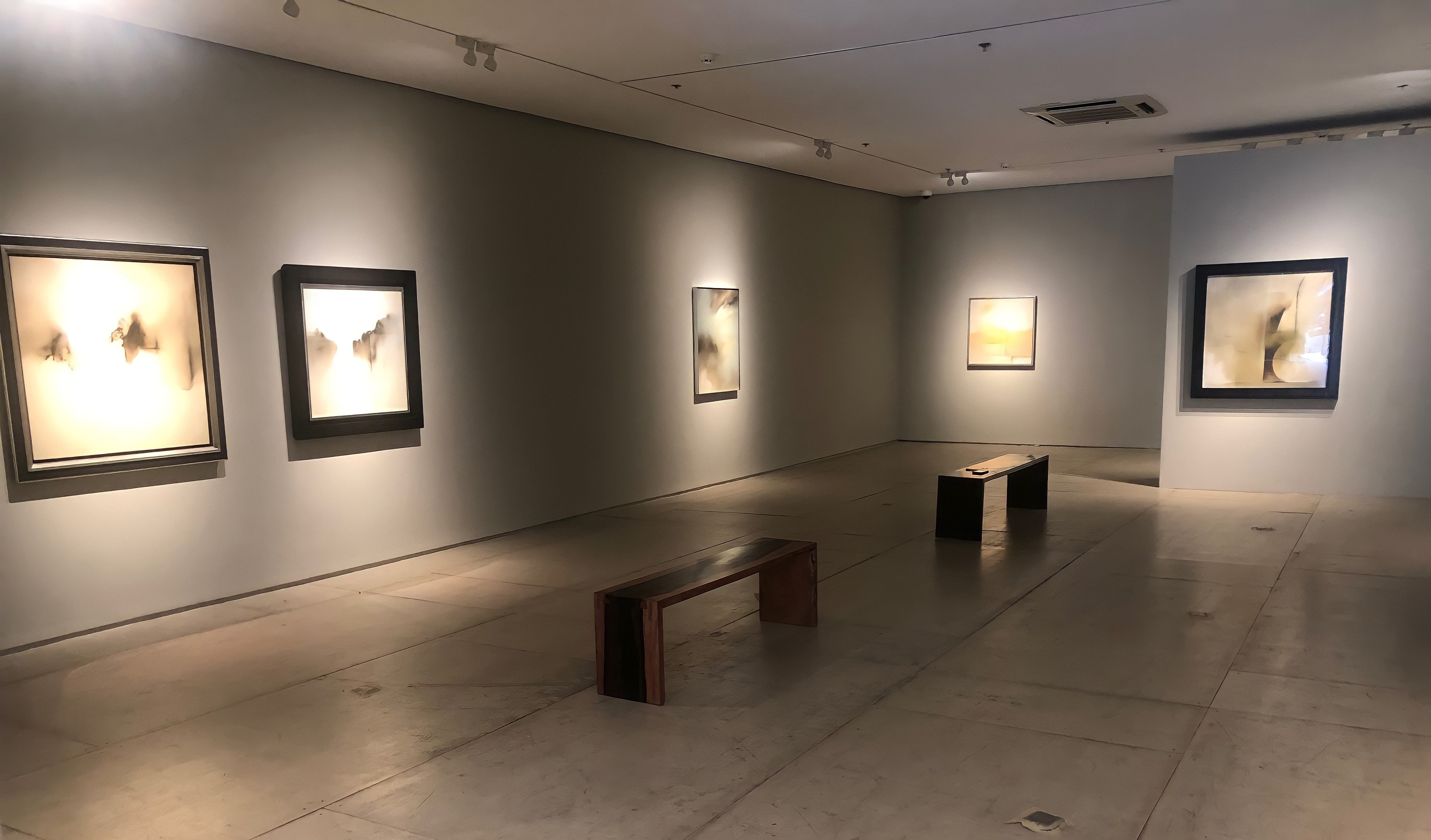
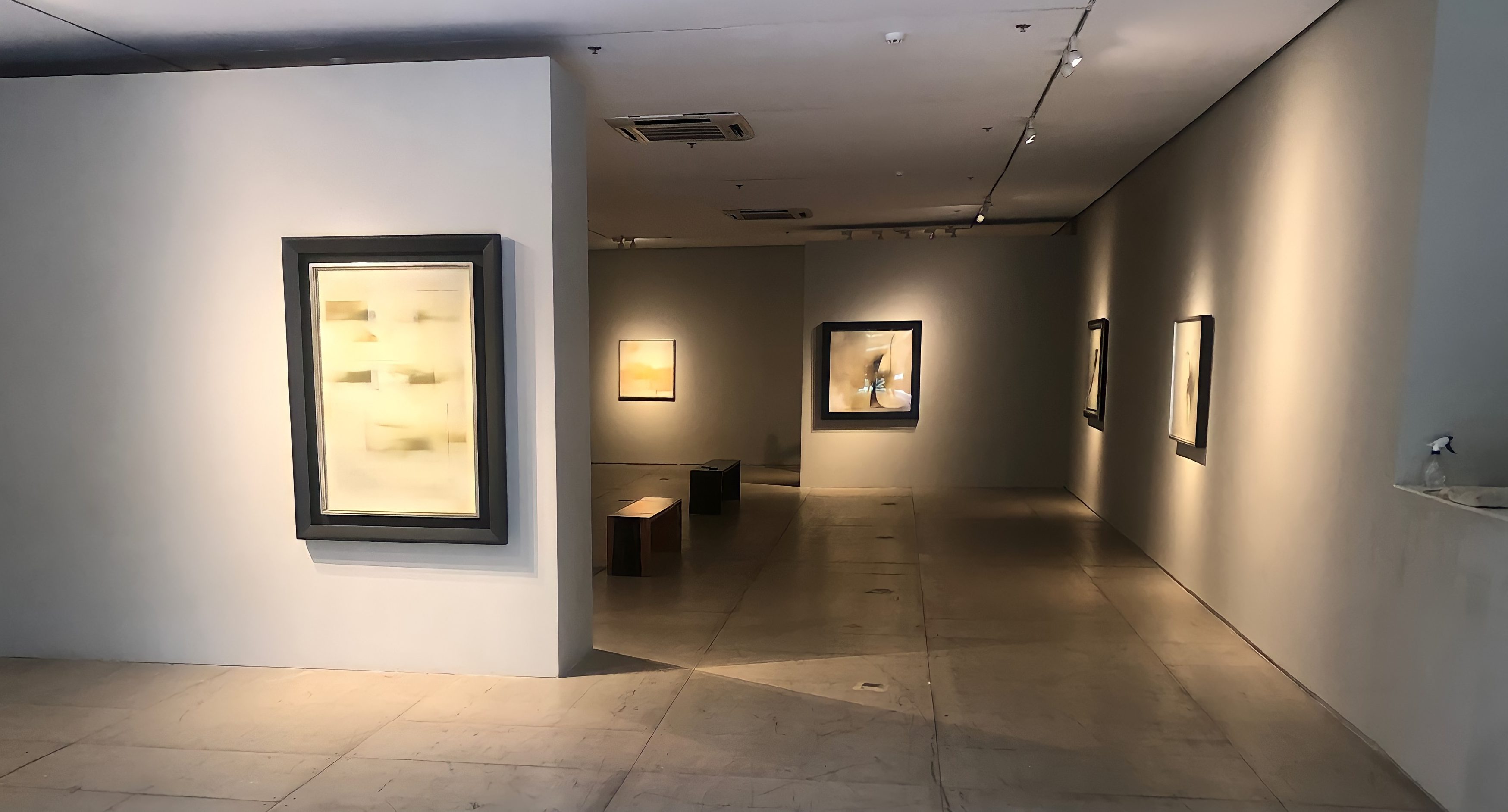
Fernando Zóbel, the 1970s. Homage to Rafa Pérez Madero, Galería Cayón Manila, 2022
For read full press release click HERE.
Créditos:
Galería Cayón Madrid/Manila/Menorca, 2021.
Images courtesy of Sucesión Fernando Zóbel
Fotografía © UMFotografía.

